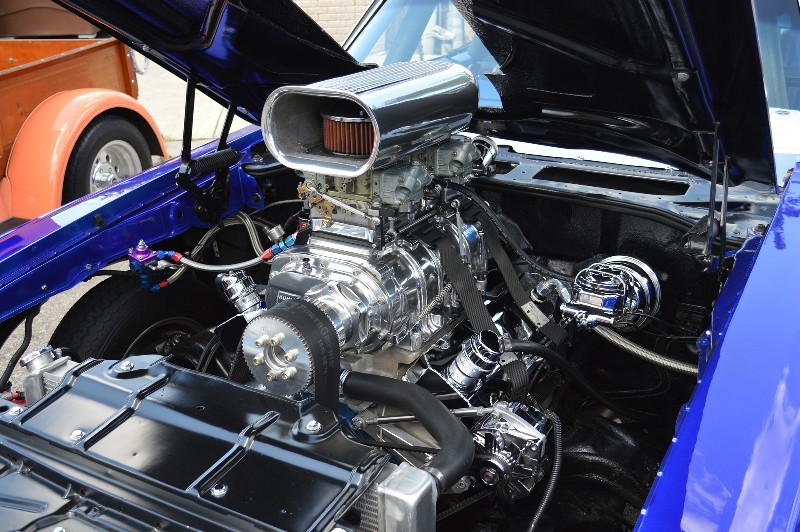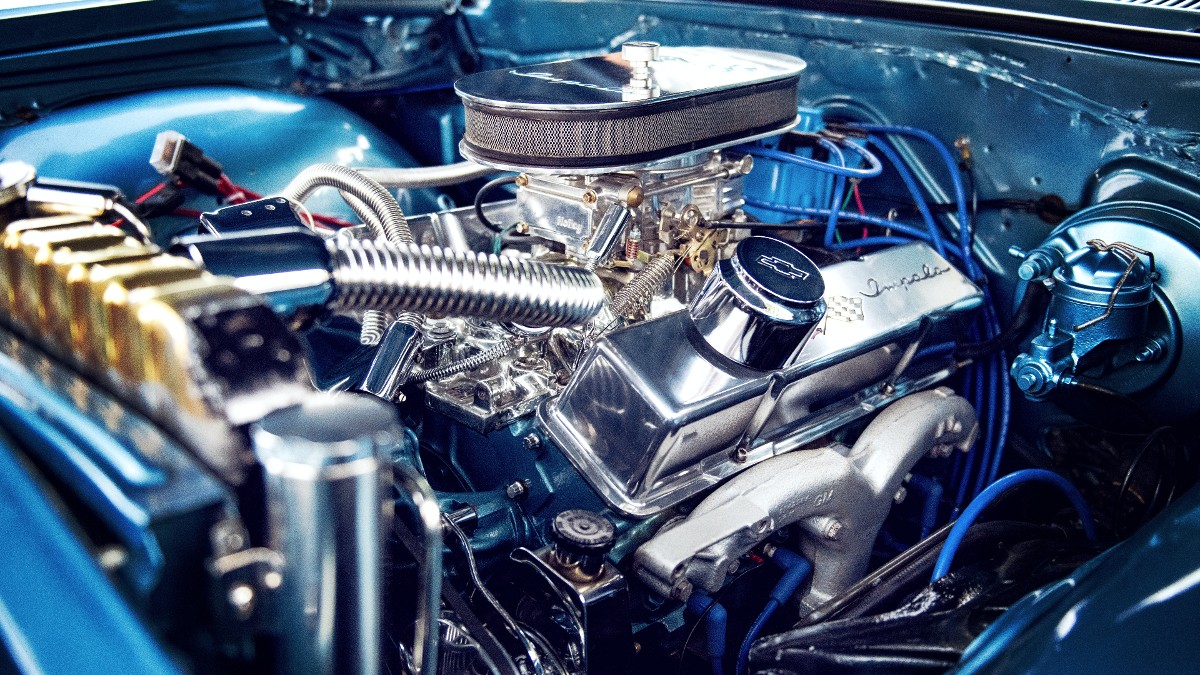One can easily call a car’s engine the heart of the vehicle as it is critical to overall functioning. No engine, no car. While most people may not be too concerned about the operation of a vehicle, car enthusiasts are very interested in the inner workings of a car. In this article, we’ll compare two of the best engines ever manufactured – the Chevy 350 and 327 engines.
The Chevy 350 engine is bigger and more powerful than the Chevy 327 engine. However, the 327 has better fuel economy, and which is the better engine depends on your preference.
We’ll start with some history of the two engines below before we compare the two engines. Here we go.
A Little History Of Chevy Engines
Chevrolet, simply called Chevy, is one of the most popular car manufacturers in the world. The company has produced some of the best-performing engines in the last century, with many of these engines having devoted fanbases.
What made small block engines popular was their simplicity and power. Chevy small block engines are easy to work on and are made of good and durable parts, and most Chevy block engines have interchangeable parts.
Becoming Familiarized With The Chevy 327 Engine
The 327 engine is one of the most popular engines ever made by Chevy and thus is due to its superb engine interchangeability. The 327 engine could use parts from past Chevy models, even from engine models as old as 45 years.
Released in 1967, the Chevy 327 had four different power ratings. The last 327 chevy block was manufactured in 1969, but the engine remains popular today, especially among Chevy car enthusiasts. Due to its small but powerful structure, the Chevy 327 engine is referred to as the Mighty Mouse engine by enthusiasts.
Below are Chevy models that had the 327 engine – Chevy Malibu, Chevy Corvette, Chevy Impala, Chevy II, Chevy El Camino, and Chevy Chevelle.
Becoming Familiarized With The Chevy 350 Engine
A small block V8 engine, the Chevy 350 is the successor of the 327 models. It is considered one of the easiest engines to rebuild as it has superb parts interchangeability, somewhat similar to its predecessor. Car enthusiasts have been known to improve the performance of their Chevy 350 engine by using different aftermarket parts.
The Chevy 350 engine has a 4.00 and 3.48-inch bore and stroke. While the horsepower varies according to the make and model of the vehicle having a Chevy 350 model, this engine typically has a very high horsepower. Vehicles with Chevy 350 engines could be used for towing, and that demonstrates just how powerful they are.

Chevy 350 Vs. Chevy 327
The main difference between a 327 and 350 engine is the size and displacement. While the latter has a 3.25-inch stroke and 3.7-liter displacement, the 350 engine has a longer 3.48-inch stroke and a 4.5-liter displacement.
So, the main difference between the 327 and 350 engines is the displacement. Now, if you are already familiar with an engine’s displacement, you’ll understand why the distinction in the displacement of the 327 and 350 engines matters. If not, no matter. We’ll discuss displacement below.
An engine displacement is a major determinant of how much torque an engine can generate. As a rule of thumb, the higher the displacement of an engine, the more torque it can generate, and vice versa. This also affects the horsepower of the engine.
Displacement also determines how much fuel is needed in the combustion chamber to generate power; the more torque generated, the more fuel consumed. As a result, a high-displacement engine requires more fuel to operate.
Of course, several factors – the ignition system, forced induction, fuel delivery, and so on – determine how powerful an engine is. But in the simplest term, size determines how powerful an engine is, and bigger engines are naturally more powerful than smaller ones.
The Better Engine?
Both Chevy 327 and 350 are impressive engines. However, the 350 model is more powerful than the 327 models. With more power comes more fuel consumption, and Chevy 350 has poor fuel economy compared to the 327. So, you can expect to get higher performance from the 350 models.
Ultimately, which one is the better engine comes down to your personal preferences. Even though the 327 isn’t as powerful as the 350 models, you can significantly improve the torque output of the 327 with the right modifications.
If you need an incredibly high torque, especially in vehicles like trucks and SUVs, it’ll make more sense to go for the Chevy 350 engine.
5 Useful Chevy Maintenance Tips for Every Owner
If you want your beloved Chevy to last for many years, you need to perform some basic maintenance routines. This will ensure your vehicle continues to function the best way while ensuring you detect problems early before they escalate into more serious ones.
Below are useful maintenance tips every chevy owner will find useful. Here they are:
Follow The Recommended Maintenance Routine
The owner’s manual of your Chevy contains recommended maintenance routines you’ll do well to follow. You should also routinely take your vehicle to an experienced mechanic for inspection. This way, you’ll know the current status of your vehicle and stay ahead of any repairs.
Inspect And Rotate The Tires Regularly
Take a minute or two to walk around your car to check for cracks, bulges, or tear every now and then. Also, check the tires’ pressure to ensure they are at the right level. Underinflated or worn-out tires are more likely to blow, which could be dangerous driving.
Don’t Ignore Unfamiliar Noises Or Sounds
If your car starts producing unfamiliar or unusual noises, it’s a sign that something is wrong. And you should have your car checked out by a professional as soon as possible. This also applies to unfamiliar smells coming out of your car, say the smell of burning wire.
Make it a habit to watch out for leaks, especially after parking for a long time. Look under your car to see if there are wet spots or puddles.

